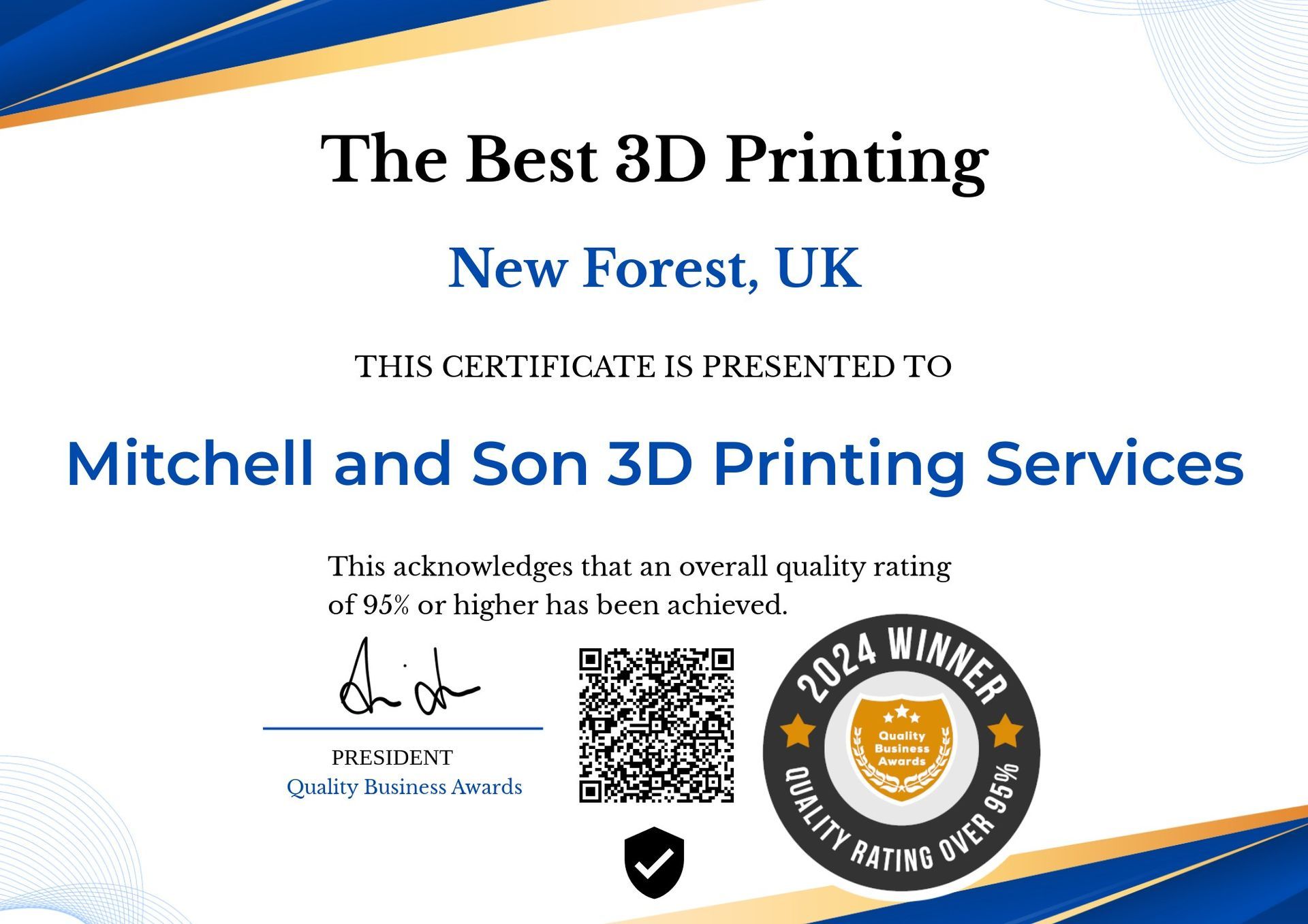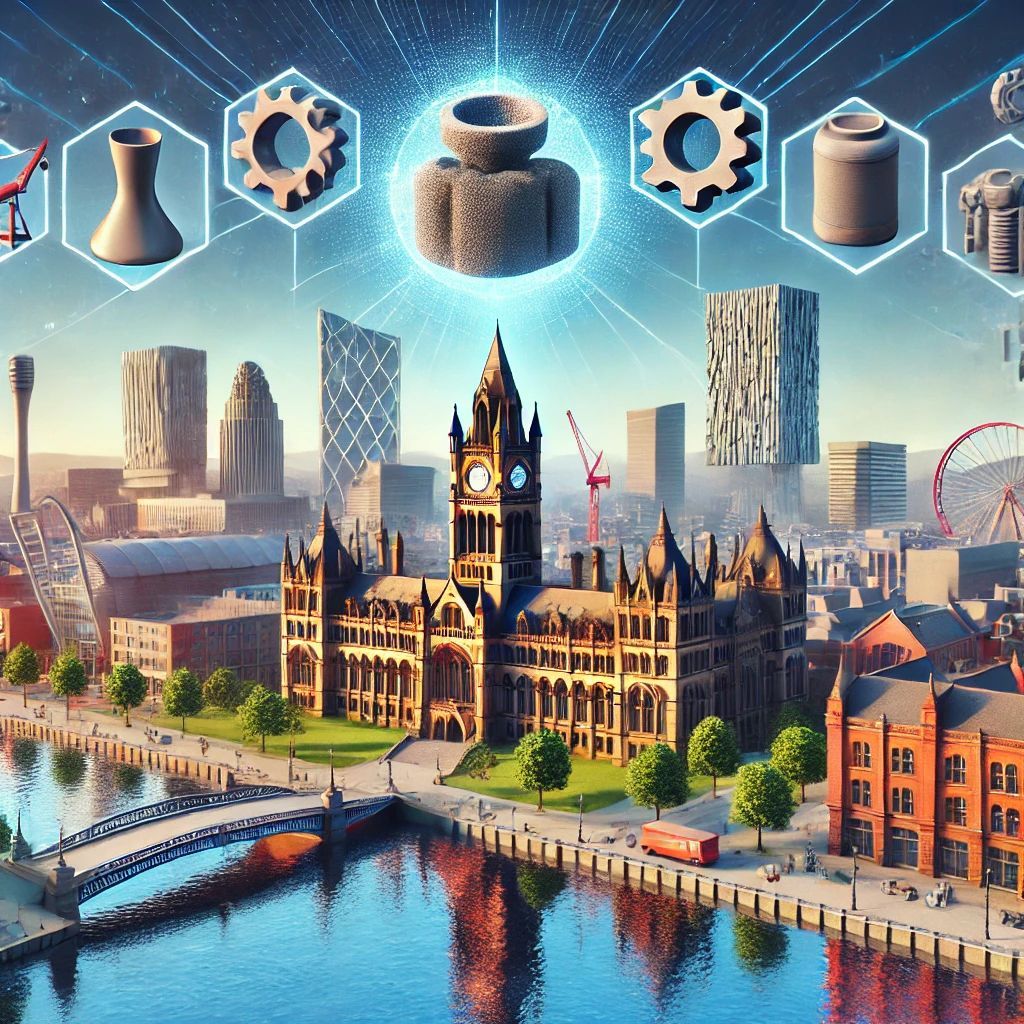What impact is A.I. and Machine Learning having on Manufacturing?
Revolutionizing CAD Design with AI and Machine Learning: A Look into the Future

In today's world of technology, Artificial Intelligence (AI) and Machine Learning (ML) have become common terms. From the way we live our day-to-day lives to the way industries operate, AI and ML have made a significant impact.
One such industry that has seen a massive transformation due to this technology is Computer-Aided Design (CAD). In this article, we will explore the ways in which AI and ML are revolutionizing CAD design, the benefits and challenges of this new technology, and the future of CAD design.
What is Artificial Intelligence (AI) and Machine Learning (ML) in CAD design?
AI is the ability of machines to perform tasks that typically require human intelligence, such as visual perception, speech recognition, decision-making, and language translation.
On the other hand, ML is a subset of AI that enables machines to learn from data without being explicitly programmed. In CAD design, AI and ML can be used to automate repetitive tasks, generate design ideas, and optimize designs.
AI and ML in CAD design can be applied in various ways, such as automating repetitive tasks, generating design ideas, and optimizing designs.
For instance, AI and ML algorithms can be used to automate the process of creating and updating drawings, reducing the time and effort required to complete repetitive tasks.
Additionally, AI and ML can be used in generative design, where designers input design requirements, and the software generates multiple design options based on those requirements.
This approach allows designers to explore a range of design options quickly and efficiently.
Benefits of AI and ML in CAD design
The integration of AI and ML in CAD design has numerous benefits, including increased efficiency, accuracy, and cost-effectiveness. By automating repetitive tasks, designers can focus on more complex tasks, leading to better-quality designs.
Additionally, the use of AI and ML in generative design can help designers explore a range of design options quickly and efficiently, leading to innovative and optimized designs.
Furthermore, AI and ML can help reduce errors and inconsistencies in designs, leading to better quality control and fewer errors during production.
Another significant benefit of AI and ML in CAD design is cost-effectiveness.
By reducing the time and effort required for repetitive tasks, AI and ML can help reduce costs associated with design work.
Additionally, the use of generative design can help optimize designs, leading to fewer material and production costs.
Examples of AI and ML in CAD design - automation, generative design, and optimization
Automation is one of the most common applications of AI and ML in CAD design. For instance, AI and ML algorithms can be used to automate the process of creating and updating drawings, reducing the time and effort required to complete repetitive tasks.
Additionally, AI and ML can be used in generative design, where designers input design requirements, and the software generates multiple design options based on those requirements.
This approach allows designers to explore a range of design options quickly and efficiently.
Optimization is another area where AI and ML can be used in CAD design. For instance, AI and ML algorithms can be used to optimize designs, leading to better performance and cost-effectiveness.
By analyzing data on previous designs, AI and ML can identify areas where improvements can be made, leading to better-quality designs.

Challenges with AI and ML in CAD design - data privacy, bias, and ethical concerns
Despite the numerous benefits of AI and ML in CAD design, there are also several challenges associated with this technology. One of the significant challenges is data privacy.
CAD design involves sensitive data, and the use of AI and ML can increase the risk of data breaches. Additionally, there are concerns about bias in AI and ML algorithms, which can result in discriminatory practices.
In addition, ethical concerns associated with AI and ML in CAD design, such as the use of AI and ML to replace human designers, must be addressed.
Future of CAD design with AI and ML - virtual reality and augmented reality
The future of CAD design with AI and ML is exciting, with new developments emerging every day. One area that is gaining traction is virtual and augmented reality, which can help designers visualize designs in real-time.
For instance, virtual reality can be used to create a 3D model of a design, which can be viewed from different angles, providing a more immersive experience for designers.
Additionally, augmented reality can be used to overlay the design onto a physical space, allowing designers to see how the design fits into the real world.
Tools and software for AI and ML in CAD design
Several tools and software are available for AI and ML in CAD design. Some of the popular tools include Autodesk Fusion 360, SolidWorks, and Siemens NX.
These tools provide a range of features, including automation, generative design, and optimization.
Additionally, several AI and ML-specific tools, such as Neural Designer and TensorFlow, are available for designers looking to explore the full potential of this technology.
Training and education for AI and ML in CAD design
As AI and ML continue to grow in importance in CAD design, it is essential to ensure that designers have the necessary skills and knowledge to work with these technologies.
Several training courses and certifications are available for designers looking to upskill in this area.
Additionally, several universities and institutions offer courses and programs focused specifically on AI and ML in CAD design.
Case studies of AI and ML in CAD design
Several case studies have shown the benefits of AI and ML in CAD design. For instance, Airbus used generative design to optimize the design of a partition that separates the cockpit from the passenger area in their A320 aircraft.
This approach led to a 45% reduction in weight and a 15% reduction in material costs. Additionally, Ford used AI and ML to optimize the design of their Transit van, leading to a 7% reduction in weight and a 10% increase in fuel efficiency.
Conclusion - the shift from manual to digital CAD design and its impact on the industry
The integration of AI and ML in CAD design has transformed the industry, making it faster, more efficient, and accurate than ever before. From automating repetitive tasks to generating design ideas, AI and ML have turned CAD design into a powerful tool for designers.
However, as with any new technology, there are challenges that must be addressed, such as data privacy, bias, and ethical concerns.
Looking to the future, virtual and augmented reality is set to become more prevalent in CAD design, providing designers with a more immersive experience.
With the right training and education, designers can take full advantage of this technology, leading to better-quality designs, improved cost-effectiveness, and a more efficient design process.












